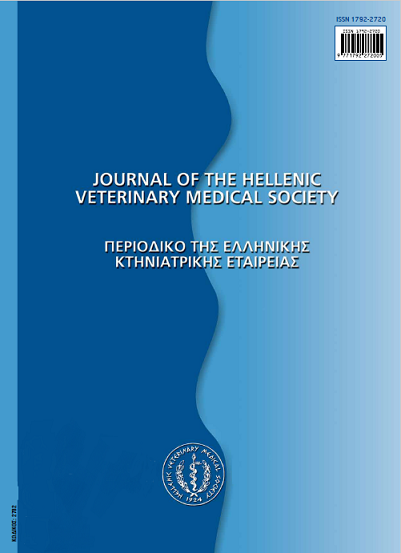Antimicrobial activity of fifteen Italian honeys against Paenibacillus larvae ATCC 9545
Resumen
Currently, American Foulbrood (AFB) represents one of the most important problems for beekeepers, due to economic losses and to the absence of an effective therapeutic treatment. The aim of this work was to characterize fifteen Italian honeys in order to assess their inhibitory activity against Paenibacillus larvae ATCC 9545. Each honey was analyzed for the activity of the following enzymes: glucose oxidase and catalase. Moreover, melissopalynological analysis and other biochemical parameters, namely gluconic acid, total phenolic and total flavonoid contents were determined. For each honey, the Minimum Inhibitory Concentration (M.I.C.) and the Minimum Bactericidal Concentration (M.B.C.) against P. larvae were determined. All tested honey samples had an inhibitory activity on P. larvae. In particular, the lowest M.I.C. and M.B.C. values (53.8 mg/mL and 107.5 mg/mL, respectively) were recorded for an Arbutus honey sample. Arbutus honeys also had the highest gluconic acid and total phenolic contents (12.6 ± 1.7 g/kg and 243.2 ± 25.1 mg/kg, respectively) and the highest glucose oxidase activity (13.0 ± 1.9 nM H2O2/min). Dark honeys, including Arbutus, seem to have a higher gluconic acid content and a higher antimicrobial activity. Thus, honey characterization, including colour and physico-chemical characteristics (e.g. gluconic acid concentration, total phenolic and total flavonoid contents, glucose oxidase activity), could be crucial for the assessment of its employment against P. larvae.
Article Details
- Cómo citar
-
SAGONA, S., TURCHI, B., FRATINI, F., GIUSTI, M., TORRACCA, B., BIONDI, C., NUVOLONI, R., CERRI, D., & FELICIOLI, A. (2018). Antimicrobial activity of fifteen Italian honeys against Paenibacillus larvae ATCC 9545. Journal of the Hellenic Veterinary Medical Society, 68(4), 547–556. https://doi.org/10.12681/jhvms.16051
- Número
- Vol. 68 Núm. 4 (2017)
- Sección
- Research Articles

Esta obra está bajo una licencia internacional Creative Commons Atribución-NoComercial 4.0.
Authors who publish with this journal agree to the following terms:
· Authors retain copyright and grant the journal right of first publication with the work simultaneously licensed under a Creative Commons Attribution Non-Commercial License that allows others to share the work with an acknowledgement of the work's authorship and initial publication in this journal.
· Authors are able to enter into separate, additional contractual arrangements for the non-exclusive distribution of the journal's published version of the work (e.g. post it to an institutional repository or publish it in a book), with an acknowledgement of its initial publication in this journal.
· Authors are permitted and encouraged to post their work online (preferably in institutional repositories or on their website) prior to and during the submission process, as it can lead to productive exchanges, as well as earlier and greater citation of published work.



